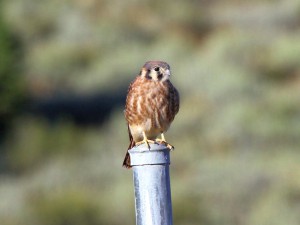Flammulated Owl – Movements
Flammulated Owl is a spring and summer resident throughout the California Sierra Nevada Mountains. It is the second smallest owl in North America, and smallest of the eared owls. Only the Elf Owl is smaller. It is also the most migratory owl in North America. This owl completely leaves the US every year for its winter haunts in Southern Mexico and Guatemala.
Flammulated Owl – Size and Habits
The Flammulated Owl is just slightly larger in size than a House Sparrow. Quite often it is 30 to 40 feet high in thick pines. Being dark brown in color and having a very ventriloquial call it is difficult to locate. The strictly nocturnal Flammulated Owl can be extremely difficult to get good looks at in the darkness of night. This is further complicated by the fact that it is almost completely mute outside of its breeding season. That time is not now. It is vocal for about a month between mid-May and mid-June.
Finding Flammulated Owl
In past years the nearest, from here in Southern California, and one of the most reliable spots I knew of for finding fair numbers of Flammulated Owls had been Yosemite National Park. This spring we took two trips up to Yosemite and although we did hear Flammulated Owl we never managed to come away with good photos. Naturalist and author John Muir, who pushed the founding of Yosemite National Park, wrote in reference to the Flammulated Owl:
“If a Martian in black livery were to sidle up on the dark side of our planet, all on a moonless night, to spy upon us, he could scarcely keep his business so well concealed as this ghoulish avian mystery.”
With their breeding and vocal season past, our chances of finding and photographing Flammulated Owl this year was disappearing. We decided to venture a bit further north in hopes of getting lucky in a place where there may be greater densities of Flammulated Owls. Our final destination was above Lake Tahoe in the mountain forests around Lake Davis.
Evening Grosbeak
Having only two nights to look for owls we spent our first day just gently birding the area, looking at habitat, and planning where we would focus our searches at night. Coming over the mountains from the west on Highway 49 the forests of the area were just magnificent. We planned to check a few spots along this route at night for Spotted Owl. A brief stop at the Sierra Nevada Field Campus our first morning rewarded us with Evening Grosbeak.
An extension campus of San Francisco State University, the facilities of the Sierra Nevada Field Campus offer many summer courses open to the public. Set along the North Yuba River in an idyllic mountain setting the campus offers a vast array of interesting week long courses. These range from astronomy to geology along with an extensive selection of biology courses. The biology courses include topics from fungi, butterflies, birds, bats, spiders, and mammals to medicinal and edible plants. Their arts and practical workshops include topics from pastel painting to fly fishing and outdoor photography. Speaking with their director, J.R. Blair, we learned Spotted Owl is sometimes heard on campus at night so maybe in future trips to this area we may try the campus too (J.R. is a very sharp guy with an great sense of humor). You can visit their web site for further details at: http://www.sfsu.edu/~sierra/
Mountain Bluebirds
We got a hotel room before we headed up into the mountains above Lake Davis. Our plan was to scout the area and prepare for our evening searches. The pine forests of this area are absolutely beautiful and certainly a place I look forward to spending more time in my future explorations. Having seen the Evening Grosbeaks coming in through the mountains off highway 49 finding Mountain Bluebirds in the meadows here was just “icing on the cake”.
Plumas Audubon Society
As our daylight was coming to a close we stopped to see what was going on with what appeared to be a group of birders along the side of the road. It was indeed a group of birders being led by David Arsenault who is the Executive Director of the Plumas Audubon Society. You can read about their research and volunteer opportunities by visiting the Audubon site at http://www.plumasaudubon.org/. David runs a survey program for Flammulated Owls in the mountains above Lake Davis. He has written several research papers and done many years of field studies with the Flammulated Owls. This was certainly fortuitous! After some discussion with David we decided to join their group for the first part of their evening to go out to one of their banding sites. The site featured a staked out Flammulated Owl nest occupying an abandoned woodpecker hole in an old tree.
Flammulated Owl Nest at Night

A pair of young Flammulated Owls waiting for an adult to feed them at the entrance of their nest hole.
We arrived at the site shortly before it got dark. As the light just began to disappear an adult flew in. It fed one of two baby Flammulated Owls who appeared at the entrance of the hole. We watched this event for about an hour. The adults would fly in about every 5 minutes and deliver food to the babies. This was a pleasure to watch. Being careful not to disturb this process meant photography could only be done from a distance and mostly without light. I had never observed adults feeding young before and it was worth every minute. It was getting late so we tried a couple other places but with no luck we headed for the hour drive out of the forest and back to our room.
Flammulated Owl Nest in the Day
Starting late on our final day we drove back into the forest. First we went into the area where we had seen the nest hole the previous evening. Looking at the tree that had the cavities where the young Flammulated Owls were (see image), you certainly have be impressed with the researchers who find them. Even looking at these holes through binoculars (see image) and knowing that there was an active nest, it was not obvious that there was a young Flammulated Owl looking out of one of the holes.
It wasn’t until we brought out a spotting scope and looked into the nest hole that we could clearly see a young owl looking out at us (see image). We watched for over half an hour until the young Flammulated Owl grew tired of keeping an eye on us. Yawning (see image) he slowly began to fall asleep (see image). It was really cute that as we quietly watched and he began to fade off you could see that he did not really want to close his eyes (see image). Sleepiness finally overcame the young owl and off to sleep he went (see image). It was certainly a pleasurable event to watch and of course made it possible to share the story here.
Forest Wildlife
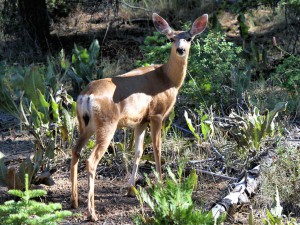
A Mule Deer is one of the many mammals that can be seen in this area of the Sierra Nevada Mountains.
The adults have such camouflaged plumage they are easy to miss. We checked the surrounding trees but could not spot them. They were certainly close by and in one of the adjacent trees. We spent the remainder of our final day enjoying the numerous and beautiful forest birds. During our stay and in the daylight we saw many of the other typical mountain species (Chickadees, Nuthatches, Townsend’s Solitaire? etc.) and an abundance of mammals (deer, multiple species of squirrels, skunks? etc.).
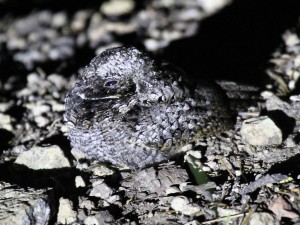
A very light colored, almost all black and white, Common Poorwill we found one evening while owling in the mountains.
Our final evening did finally produce a few adult Flammulated Owls (photo above). We also saw some very interestingly colored Common Poorwills. This is certainly a place I look forward to visiting next spring when this species is calling. The experience reminded me of the difficulty of finding and photographing Flammulated Owl. The area is so beautiful I can’t wait to return next year. After spending a few hours here we drove out. Heading back to Highway 49 we did some quick night scouting for Spotted Owls. We did find a wonderful pair of Spotted Owls near Yuba Pass but didn’t manage photos. Next year we have much to look forward to. Our quick two nights of owling were a success. I look forward to exploring the Sierra Valley area much more in the future.

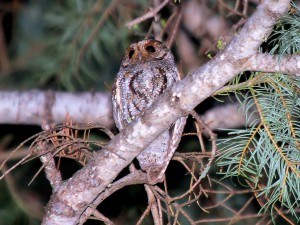
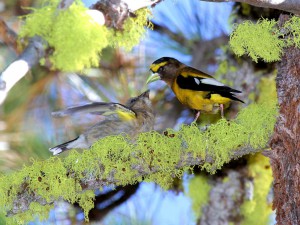
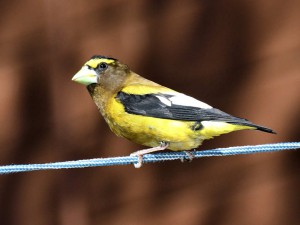

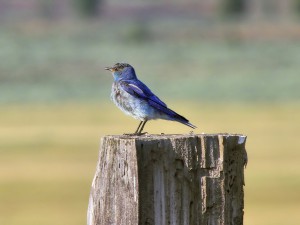
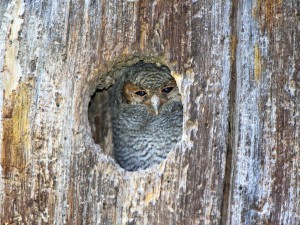
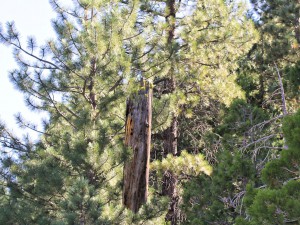 see image
see image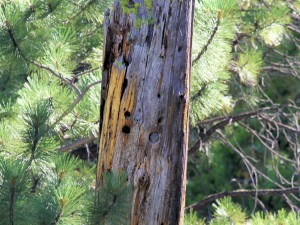 see image
see image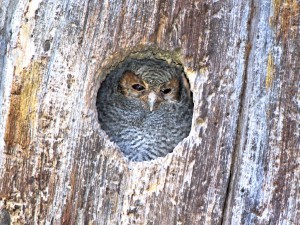 see image
see image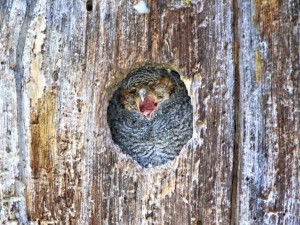 see image
see image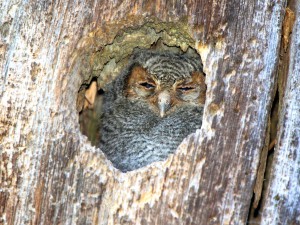 see image
see image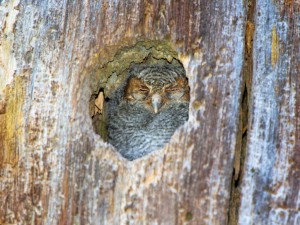 see image
see image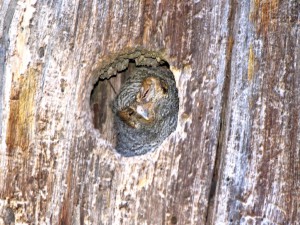 see image
see image